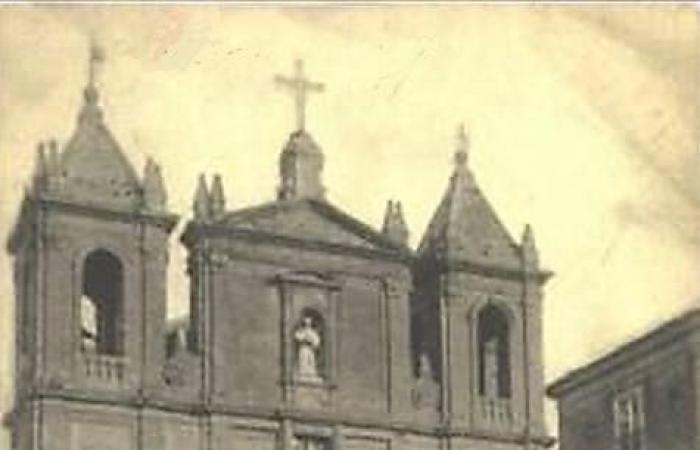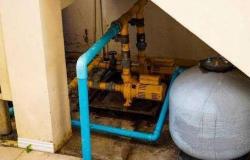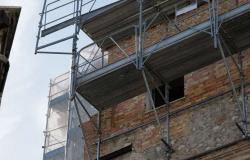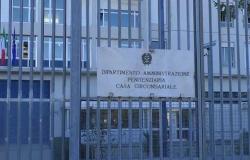the history of Sicilian architecture: from Roman influences to Sicilian Baroque, a path of continuous evolution and cultural uniqueness.
Introduction to Sicilian Architecture
Silently as it was meditated and written, the most interesting book written to date on the architecture of Sicily has appeared: a book of synthesis and research at the same time in which many questions, the most dubious, delicate on relationships, on derivations, on the transformations of Sicilian architecture are exposed with absolute clarity and with the continuous contribution of a personal opinion, which, even when it cannot be, in the current state of knowledge, definitive, represents the surest orientation for a subsequent conclusive investigation.
Book of thought and doctrine
Book of thought and doctrine, without one imposing itself and the other tiring, also a book of love towards an art form created by Sicily, among the most universal and eternal.
This story of the history of architecture in Sicily starts from Sicilian creations to reach modern architecture.
One hundred and fifty-four pages (Giuseppe Laterza, Bari), tight, dry, without a superfluous period, in a consequential exposition that leaves no possibility of distractions and doubts.
Not that very notable contributions are lacking on the architecture of Sicily but because the problem of Sicilian architecture, in its continuity, has never been addressed.
The Roman and Byzantine Origins
It is above all the continuity of Sicilian architecture, which is clearly marked like a straight and safe furrow that suddenly finds itself in a countryside where the pleasant path gets lost from moment to moment; first, the continuity of the Roman tradition that remained during the Byzantine period in the Syracuse area, and in the Catania area, in the Messina area:
The Impact of Christianity and Medieval Architecture
then as soon as it received the contribution of the most suitable architectural forms for the Christian cult reworked in Calabria, the affirmation of the magnificent Sicilian architecture, admirably eclectic and Latin, architecture that emigrated from Sicily and rose throughout the Amalfi coast, while the other Gothic elements already infiltrated by the Cistercians into religious architecture and by Frederick’s will into military architecture, they are slowly developing.
The Eclecticism of the Renaissance and the Norman Influence
A completely original development in the 14th century due to the strength of the Norman tradition which imposed itself on the Aragonese influence, so as to impose itself on this tradition which continued to impose itself triumphantly in the 15th century, fueling that brilliant eclecticism exemplified by Matteo Carnalivari, of which the personality is defined with very happy intuition.
Sicilian Baroque: Explosion of Creativity and Style
Of the architecture of this century, as of the 16th century, rich in traditional elements, Renaissance elements of Lombard origin, sustained sighs towards Catalan decorativism, indecisions and disturbances, the investigation aims to establish links and ruptures with Italian architecture and, always, to demonstrate a Sicilian architectural activity that is continuously active and, from province to province, in an efficient way.
Sensitivity that affirmed itself in the seventeenth century, in the ready acceptance and rapid affirmation of the baroque exuberance, now excessive, now monitored and controlled, now completely transfigured by the work of local architects, whose industriousness, still not completely examined, could not allow the Calandra is a decisive and definitive synthesis of the multiple values of Sicilian Baroque.
Resonance
The resonances, for example, of the plan of the Church of S. Salvatore by Paolo Amato and the plan of the church of S. Francesco Saverio in Palermo, in the architecture of the province of Palermo, such as in the church of S. Maria di Loreto in Petralia Soprana, in the Church of S. Salvatore in Polizzi Generosa, the penetration of a Borrominian current in the architecture of the towns of the Madonie;
Neoclassicism
the great influence exercised by Giacomo Amato in the preparation of neoclassicism, the place occupied by the architect Amico in the architecture of Trapani, violently scenographic, like the clarification of all the other Baroque artistic personalities, all this requires a work of analysis which imposes itself as a task to local scholars, as a greater investigation is required on that Sicilian neo-classicism which is very different not only from the neo-Grecism of Leone De Fourny, but from all Nordic neoclassicism, of doctrinal, intellectualistic origin.
Romanesque architecture
But the value of the book is precisely that it offers scholars insights, ideas, problems to develop and explore in depth with personal collaboration, not in considering the history of Sicilian architecture as definitively clarified.
For example, the formation of Sicilian Romanesque architecture remains very limited, as the architectural documentation of the period between the last Roman and the first Romanesque forms is still uncertain, and since the contribution of some Arabic or English element cannot be excluded, it remains to observe the precedence of the Church of the Magione compared to the Cathedral of Monreale, which develops its plan without changing it, infinite scientific curiosities remain but arousing them, pointing out possible solutions is already an effective contribution to the knowledge of one of the most passionate artistic manifestations of the spirit Sicilian as the architecture is.
a historical evolution
From which perhaps it will be necessary to resolutely detach the plastic pictorial decoration to avoid confusion and errors because construction and decoration in Sicily are oriented differently, the first constantly maintaining composure and classic rigor of plants, structures and evolving very slowly rhythms between volumes and spaces and presenting an apparently late but actually logically progressive historical evolution, even if fascinated by Romanesque models until the late 16th century;
the second completely independent from the construction, fantastic, sometimes bold, sometimes backward like the Renaissance decorativism compared to the Gothic constructions, the Gothic decorativism compared to the Renaissance constructions, sometimes the work of refined sculptors, other times abandoned to naive craftsmen; indifferent to the construction needs, true decoration.
Conclusions and Invitation to Discovery
Errors, uncertainties and misunderstandings in the history of Sicilian architecture are very often generated by the lack of decoration in actual architecture, or rather by our judgment, which in a modern way, orienting itself towards an architecture-decoration synthesis, is unconsciously led to consider architecture in the light of this need of ours, as if in all centuries and in all regions it must be implemented in this synthesis.
But the Sicilian spirit manifests itself in all its miraculous frankness and expressive immediacy precisely in this conflict between architecture and decoration in which the eternal conflict of the Sicilian soul is expressed, which manifests itself, in tears, in gestures, in words, in glances, in songs, in colors, in a festive tragic appearance and then locks in the closed secret of the heart the eternal values of measure, of balance, of severe and rigid humanity.
Maria Accascina, Sicilian newspaper, 15 May 1938 – THE HISTORY OF ARCHITECTURE IN SICILY






